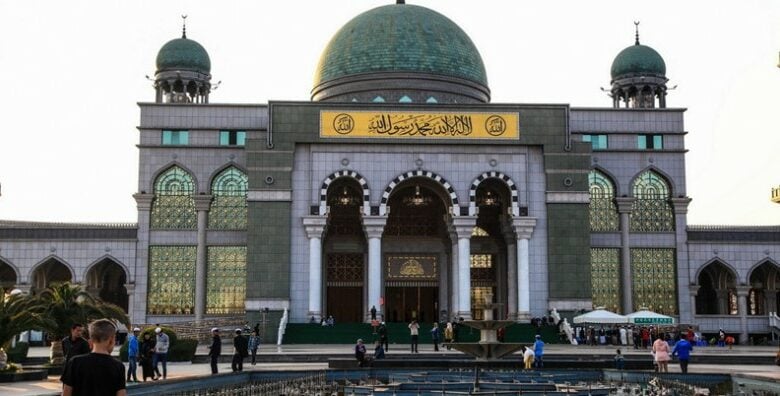China’s Crackdown on Mosque Architecture Reaches Final Stages

In a move seen as the culmination of the government’s campaign to “sinicize” Islamic architecture across the country, the last major mosque in China with distinctly Arabic features has undergone a dramatic transformation, the Guardian reported today.
The Grand Mosque of Shadian, one of the largest and most prominent mosques in China, has lost its iconic domed roof and towering minarets, which have been replaced with pagoda-style architecture.
This follows a similar renovation of the Najiaying Mosque less than 100 miles away, marking the end of a concerted effort by authorities to erase Islamic influences from places of Muslim worship.
The changes are in line with a 2018 government plan to “resist foreign architectural styles” and promote Islamic buildings “with Chinese characteristics.”
Leaked directives instructed local officials to focus on “demolishing more and building less” when it came to mosque renovations.
For the Hui Muslim minority, who make up a similar population to the oppressed Uyghurs, the architectural changes are seen as a deliberate assault on their cultural and religious identity. They describe it as “a clear message to destroy religion and ethnicity.”
With ubiquitous surveillance cameras now installed and bans on public calls to prayer, the transformation of Shadian and Najiaying mosques represents Beijing’s broader efforts to control and reshape Islamic practices to align with the ruling party’s ideology.






